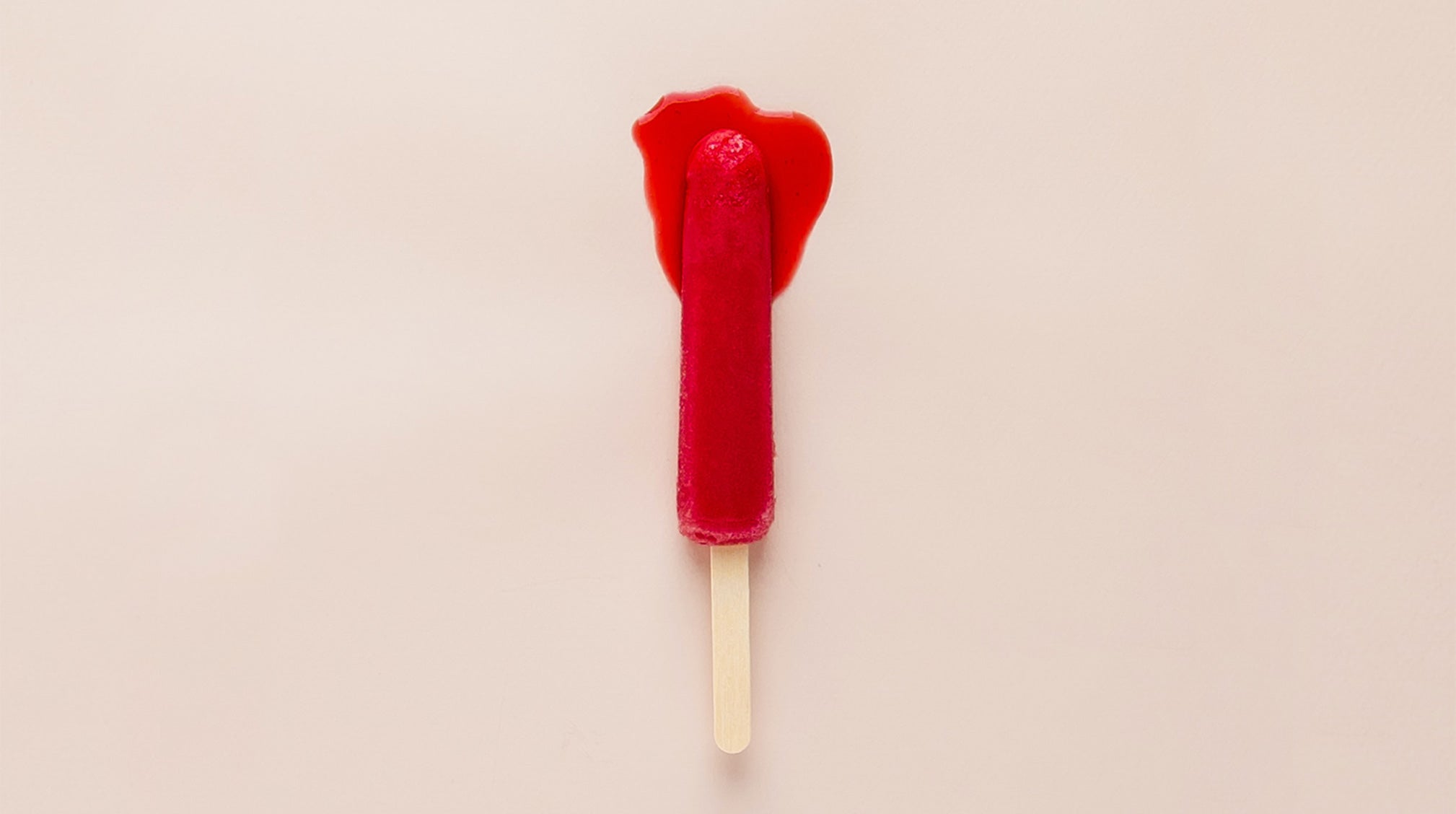
Even before my iPhone reminds me that my period will be arriving soon, I know it’s coming based on what my skin looks like. I’m a tad oiler than usual, my pores look a bit larger and I may have a few small pimples on my chin or jawline. So, what is it about “that time of the month” that changes our skin? And what happens the rest of the month? Read on to find out about the hormones that fluctuate throughout the menstrual cycle, how they affect your skin, and how to get rid of hormonal acne and show off your best skin during each phase of your monthly cycle.
NEED A CHEAT SHEET? We like this handy hormone cycle chart.
What is hormonal acne?
Basically, hormonal acne is any sort of acne breakout tied to fluctuations in hormones. This can happen during puberty, pregnancy, while taking medications that impact hormones or during certain periods of the menstrual cycle — which is what we’re talking about today.
“Hormonal acne, by definition, fluctuates with the menstrual cycle and typically appears around the jawline,” says Dr. Zenovia, a California-based, board-certified dermatologist and hormonal skincare expert. Depending on your skin type, age and genetics, hormonal acne may take the form of blackheads, whiteheads, pustules or cysts.
“Hormonal acne can be cystic in nature,” continues Zenovia. “Deep tender cysts are common in hormonal acne. The jawline oil glands are highly sensitive to hormone levels in your bloodstream, so they tend to be more responsive/eruptive to hormone fluctuations.”
RELATED READ: How to get rid of hormonal acne

How your skin changes throughout the monthly cycle
From acne during your period (and before) to dry skin patches, here’s exactly what happens to your hormones and skin during a typical 28-day menstrual cycle.
Days 1-6
“On the first day of bleeding, both progesterone and estrogen are at their lowest,” explains Dr. Kim Langdon, a board-certified OB-GYN in Ohio. “Estrogen helps increase sex hormone binding globulin production (SHBG) from the liver. SHBG binds free testosterone — so that it cannot act on the sebaceous-oil producing glands to increase sebum production. Progesterone is also low and it has androgenic properties like testosterone.”
So what does that mean for your skin? Langdon says that “in theory, acne should be lowest in the first 14 days of the cycle — with day one being the first day of bleeding.” The lower hormone levels also mean that your skin may be dry and appear dull. Avoid super-hot showers, drink lots of water and use a good moisturizer. Licensed esthetician Stephanie Ivonne recommends using one with hyaluronic acid and we agree!
Days 7-11
As estrogen production begins to ramp up, you should notice a general improvement in your skin, which will likely appear plumper, fresher and more youthful. “Estrogen will be fueled during the first half of your cycle,” says Ivonne. “The production of hyaluronic acid and
collagen is stimulated and produces moisture retention.” During this time, focus on exfoliation to support the skin’s natural turnover.
Days 12-16
Estrogen is at its peak and you are radiant, with hydrated skin, smaller-looking pores and plenty of collagen and elastin. It’s time for some #nofilter selfies!
This also happens to be the time when you will ovulate and can become pregnant. Coincidence? 😉
Days 17-24
We don’t like to say it’s all downhill from here, but when it comes to your skin, it basically is. As estrogen decreases and progesterone begins to increase, your skin ramps up sebum (oil) production. At the same time, it swells and compresses pores, which means they can easily trap all of that excess sebum. And that can often be a primer for breakouts.
“Your progesterone peaks at this time, so a clay mask is a great way to suck up all that excess oil that causes your skin to break out,” suggests Ivonne.
Days 25-28
It’s officially time for PMS and pimples. “Women tend to get acne a few days before their menses — when progesterone is at its highest,” says Langdon. “Testosterone comes from both the ovaries and the adrenal glands. Testosterone fluctuates by the hour and daily, but does tend to peak at ovulation to increase libido at that time and then the residual effects come a bit later on the oil glands. So testosterone and progesterone tend to impact acne in the second half of the cycle — which explains premenstrual acne.”
What you can do about it: If your breakouts are relatively minor, there are plenty of over-the-counter hormonal acne treatments that can help. Remember to cleanse your skin thoroughly twice a day. A salicylic acid cleanser can help you combat blackheads, whiteheads and pimples by unclogging pores before breakouts happen. And if you do break out, kick those pesky chin pimples to the curb with Mighty Patch.
[[product-ad]]












.png?v=1663017252122)

